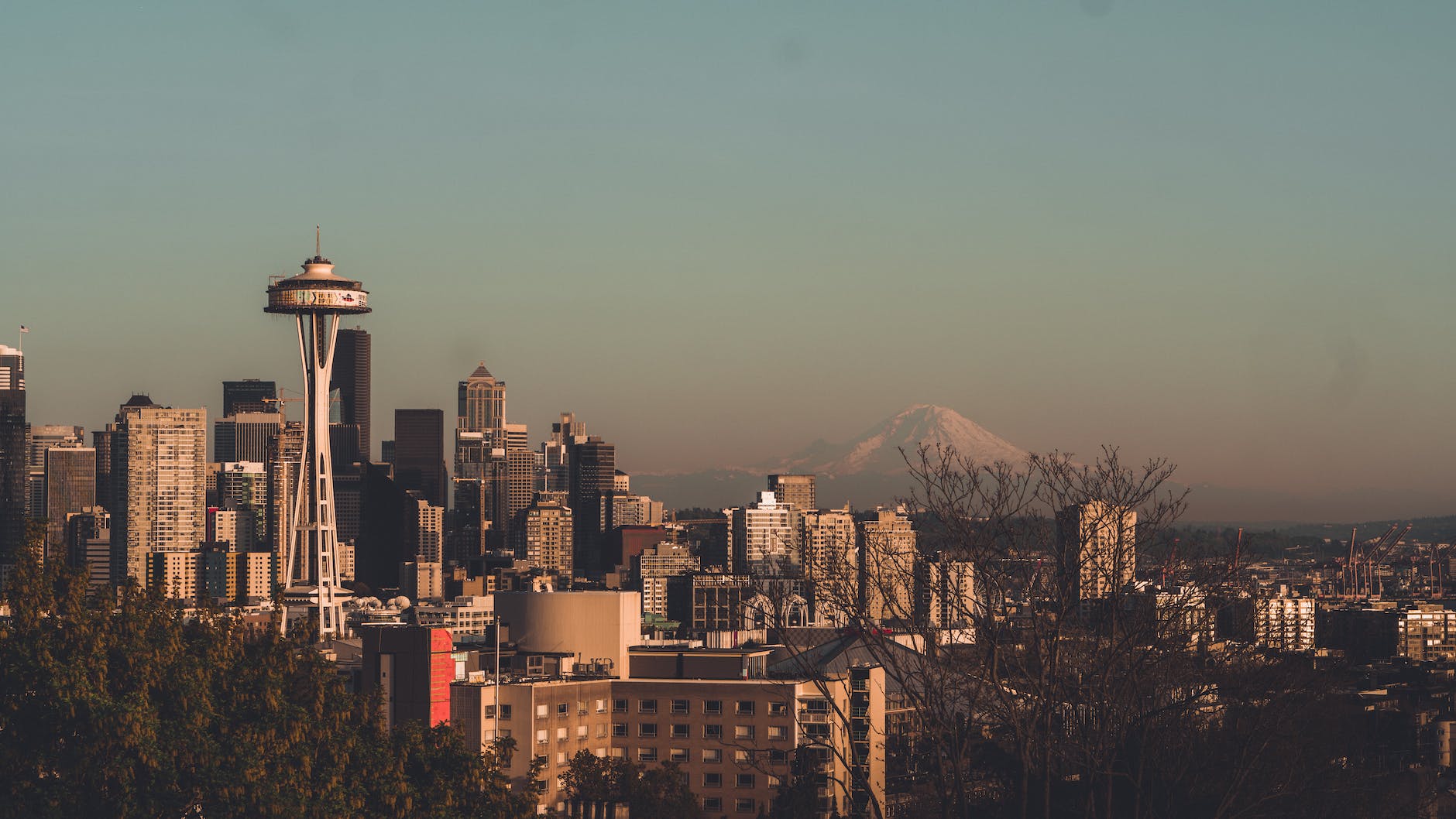
The plastic construction is our dehumidification chamber. Also in the picture are our new honey extractor and boxes of jars for honey. I think we need to rethink the design(?) of our dehumidification space.
Honey Humidity
This is the first official day of autumn. This year it really feels like fall. It has been so cool and rainy in Seattle. Our bees continue to struggle to get enough nectar to store a surplus for us to take and sell. The last honey that we took seemed sort of runny so we bought a refractometer to check the water concentration. Honey might ferment if the water percentage is higher than 18.5%. Our honey had a water concentration of 19%.

Dehumidying Honey to Reduce Honey Humidity
What do we do with runny honey? We purchased a dehumidifier and some heavy plastic sheeting. We used the plastic sheeting and a desk to make a little room in which to put the dehumidifier and the honey in an uncovered bucket. It took less than 12 hours to dehumidify the honey to about 18%. The operation produced a bit of heat that built up in the plastic room. We did not feel comfortable running the dehumidifier when we were not home or when we were sleeping. I would guess that the temperature generated was in the high 90’s so it was not overly dangerous. It was hot enough to cause us to be vigilant.
We are starting the process of preparing the hives for the fall. The supers (boxes where the bees store excess honey) come off the hives and most of the hives will get fed sugar water. We are very busy with our day jobs (teaching), the farmers’ market, and the bee chores.


